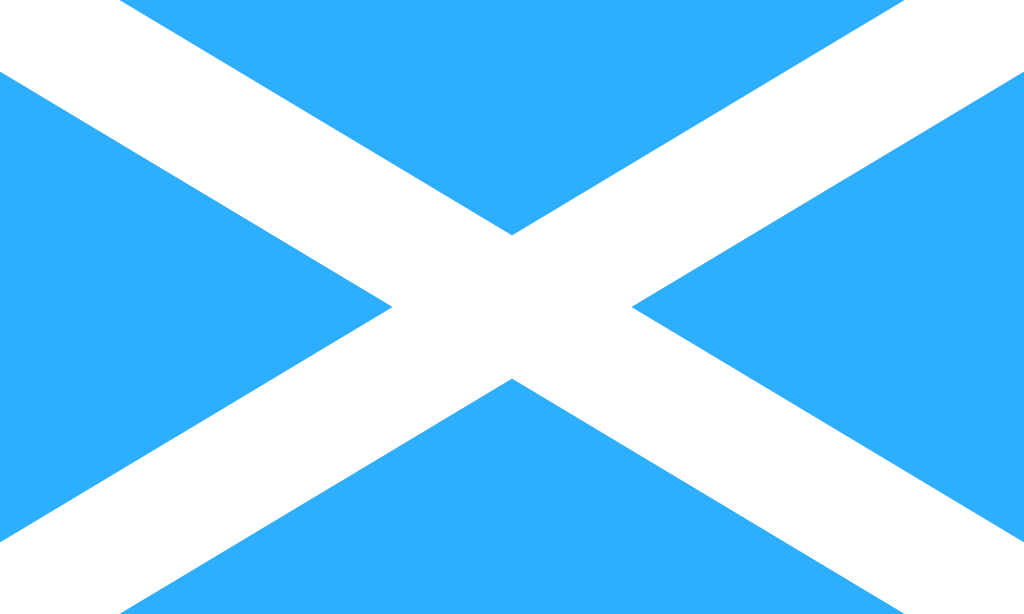
Wikimedia / Public Domain
Kingdom of Scotland
From 848 to 1707, the Kingdom of Scotland evolved from a merger of the Pictish and Gaelic kingdoms of Dál Riata to become a distinct and powerful medieval realm. Throughout its history, Scotland faced invasions, political intrigues, and battles against external forces, notably the English during the Wars of Scottish Independence. Influential monarchs like Robert the Bruce and James IV strengthened the nation's identity. Despite experiencing periods of internal strife and political reformation, especially during the Protestant Reformation, the Kingdom maintained its sovereignty until 1707 when the Act of Union merged Scotland and England to create the Kingdom of Great Britain.
The Kingdom of Scotland can be seen as a continuation of earlier Pictland, given its historical and territorial evolution. Pictland, inhabited by the Picts, was one of the ancient kingdoms of the British Isles, occupying much of modern-day Scotland. By the early Middle Ages, Pictland witnessed increased interactions with the neighboring Gaelic kingdom of Dál Riata. In the 9th century, under the leadership of King Kenneth MacAlpin, a union of the Picts and the Gaels of Dál Riata is traditionally believed to have occurred.
This event is also available in the following timelines: